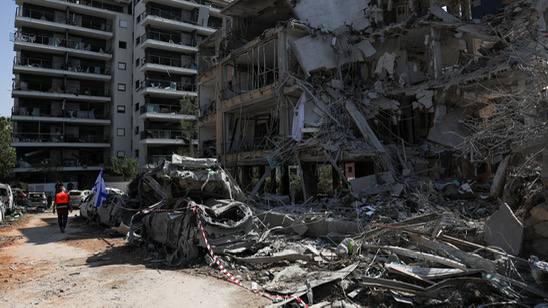
During the night between June 13 and 14, 2025, Iran launched missile and drone attacks on Israel, naming the operation “True Promise III.” The assault was carried out in response to Israel’s “Operation Rising Line.”
Iran reportedly used around 150 ballistic missiles and more than 100 drones in two waves. Although Israel’s air defense system (Iron Dome) intercepted most of the attacks, several missiles struck civilian areas, resulting in the deaths of three people and injuring several others.
In retaliation, Israel launched strikes using over 200 fighter jets and more than 330 missiles, targeting more than 100 nuclear and military sites across Iran, including facilities in Natanz and Fordow, as well as high-ranking military commanders.
According to Iranian officials, so far 78 people have been killed and more than 320 injured in these attacks, including both military personnel and civilians.
The intense escalation has drawn international responses. The United States has shown a decisive stance, while European leaders have expressed deep concern over the growing conflict. The situation has also triggered economic turbulence in the region, disrupting trade, air travel, and causing fluctuations in oil prices.
This latest confrontation between Iran and Israel has sparked fears of a new wave of warfare in the region. Human and material losses are evident on both sides, while political and economic consequences are intensifying globally. Although efforts to find a peaceful solution are ongoing, the risk of further escalation continues to grow.

